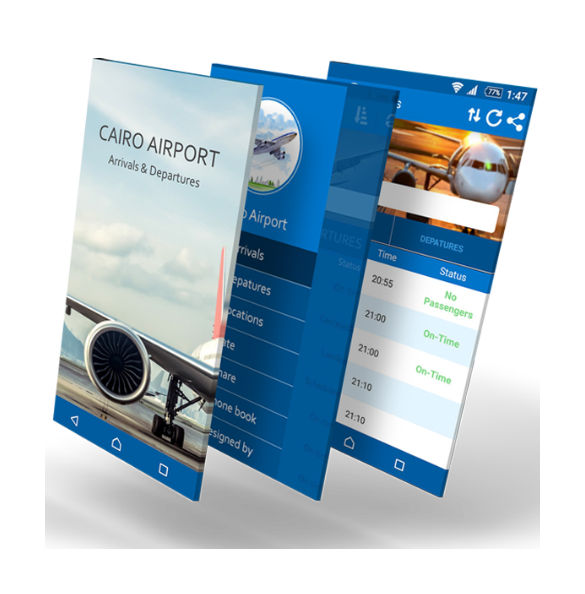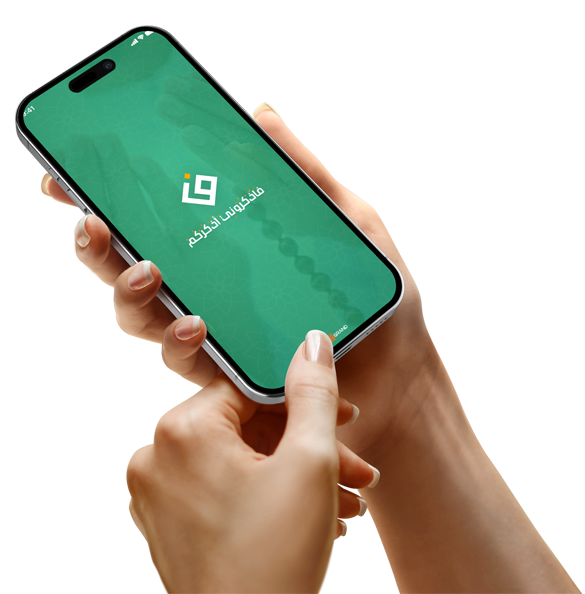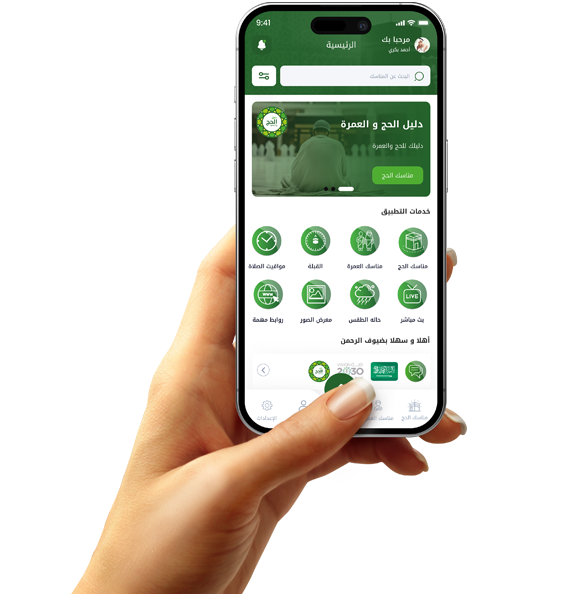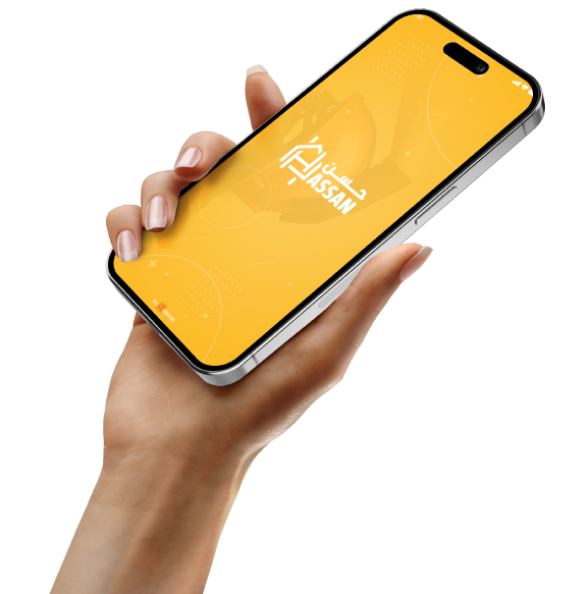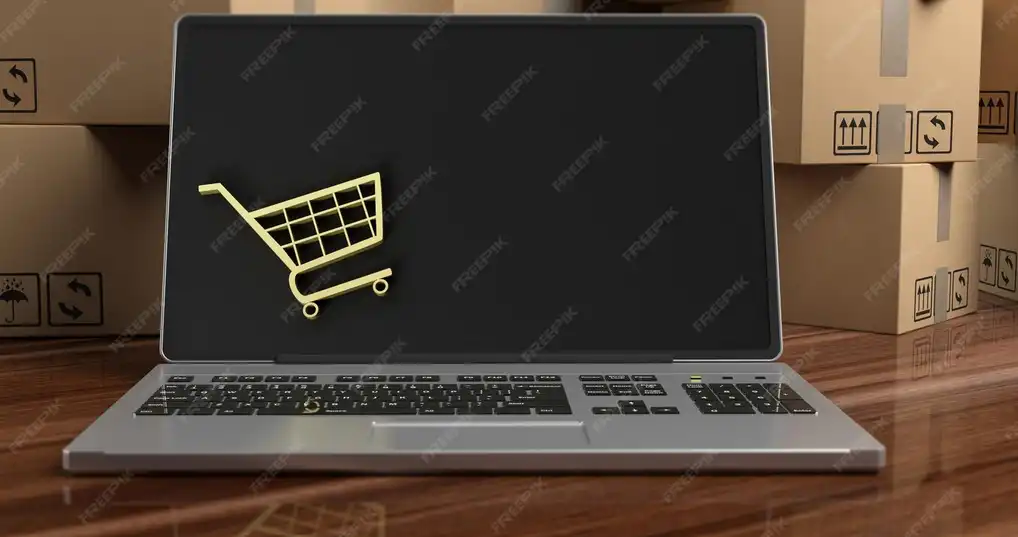Design an app that fits all different markets.

Understanding Market Diversity is the Foundation of Universal Design
When designing an app targeting multiple markets, the first step is to understand the cultural and geographic diversity of those markets. Each market has its own characteristics, user behaviors, and digital preferences. What works for users in the Middle East may not work for users in Latin America, and vice versa.
Therefore, it's important to build a flexible model that accommodates these differences without compromising the app's core functionality. Make the design adaptable to both right-to-left and left-to-right text, and allow for seamless language switching, while maintaining a consistent visual experience.
Colors, images, and icons should also be culturally appropriate, as some icons may carry negative connotations in other cultures. It's also smart to analyze user behavior in each region: Do they prefer cash on delivery? Do they rely on credit cards? Do they engage with notifications?
All these small details make a huge difference in the overall acceptance of the app. So, don't design a one-size-fits-all app; instead, design a single, customizable platform that serves everyone.

Multiple Interfaces for Global Users
If you want to launch a global app, you should treat the interface as the primary deciding factor. Users in Europe may appreciate simplicity, while users in Asia may prefer fine details and multiple options.
Therefore, don't design just one interface; consider creating multiple interfaces with various layouts that are enabled based on the user's region. Use flexible design systems that allow for quick modification of components.
For example, if the Gulf market prefers clear Arabic fonts and large buttons, apply this when determining the user's geographic location. In Western markets, smaller sizes may be preferred, with a focus on simple icons.
And don't forget that internet speeds vary from place to place, so make your interface lightweight and fast-loading, especially in areas with weaker networks.
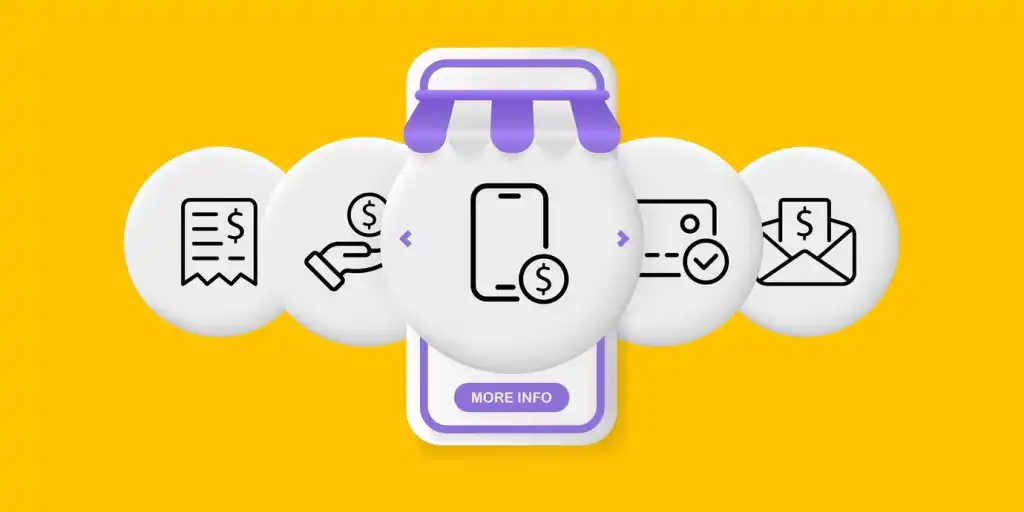
Payment Options That Align with Local Customs
Successful global apps don't impose payment methods, but rather adapt to the customs of each market. Some markets rely on cash on delivery, others prefer e-wallets, and others rely entirely on bank cards.
Therefore, it's essential to integrate a variety of payment gateways within the app, with the ability to enable or disable each one based on the user's country. For example, in Saudi Arabia or Egypt, cash on delivery must be available, while in Europe, bank cards may be the only option.
Don't forget to also check the local payment gateways available in each country. They offer faster and lower-cost solutions and enhance confidence among local users.
Remember, a clear and easy payment interface is a crucial factor in completing a purchase. Don't make it complicated or require long steps.
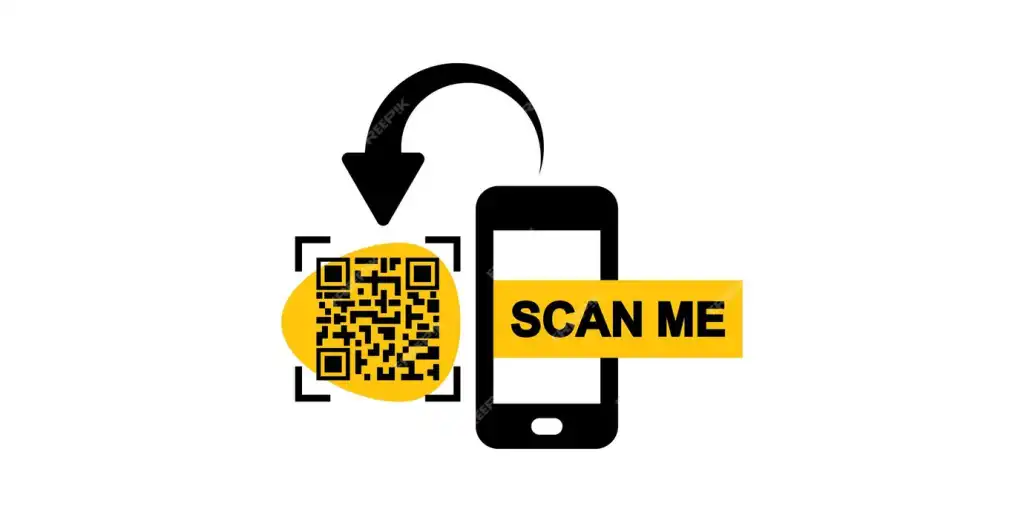
Payment Options That Align with Local Customs
Successful global apps don't impose payment methods, but rather adapt to the customs of each market. Some markets rely on cash on delivery, others prefer e-wallets, and others rely entirely on bank cards.
Therefore, it's essential to integrate a variety of payment gateways within the app, with the ability to enable or disable each one based on the user's country. For example, in Saudi Arabia or Egypt, cash on delivery must be available, while in Europe, bank cards may be the only option.
Don't forget to also check the local payment gateways available in each country. They offer faster and lower-cost solutions and enhance confidence among local users.
Remember, a clear and easy payment interface is a crucial factor in completing a purchase. Don't make it complicated or require long steps.



